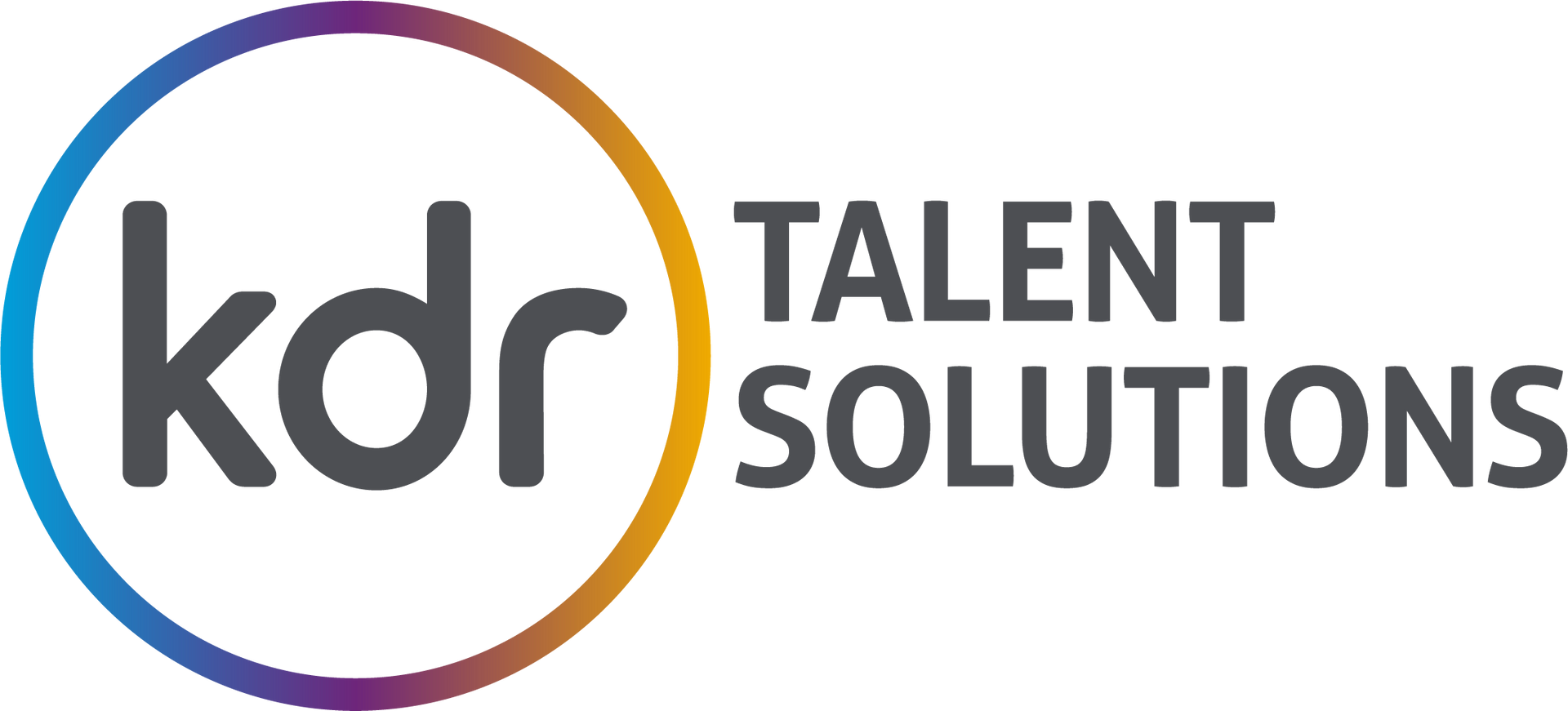State of Data: Unveiling the Power of Data: Trends and Insights for 2023
KDR’s 2023 State of Data survey revealed that 67% of respondents reported improved data usage

Since 2015, the path of data utilisation has shown consistent improvement and 2023 is no exception, with a 5% uptick in data usage compared to 2022.
#
KDR’s 2023 State of Data survey revealed that 67% of respondents reported improved data usage, up from 62% the previous year. This underscores the growing recognition of the significance of leveraging data for enhanced performance.
The Driving Factors Behind Improved Data Usage
Upon closer examination, two pivotal factors emerged as contributors to the better performance of businesses in data usage:
1. Skill Set Enhancement: Respondents whose businesses had invested in upskilling their teams in data-related disciplines yielded more positive results. By investing in skills, employees have the tools to handle data effectively, fostering a culture of data-driven decision-making.
2. Improved Communication and Understanding: Organisations bridging the gap between the data function and other business units have witnessed remarkable improvements. Effective communication ensures that data-driven insights are translated into actionable strategies.
On the theme of communication, data story telling skills are a really important factor for successful outcomes. In episode 1 of the KDR podcast “data insights”, Scott Taylor, the data whisperer, goes into detail about how changing the way you talk about data with business functions, affects everything from buy-in and data quality to outcomes. Using business friendly language with a focus on the why not the how will dramatically improve the effectiveness of data strategies.
Job Function's Influence on Perceptions
An interesting observation from the survey is the influence of job roles on perceptions regarding factors driving data usage improvement. Chief Technology Officers (CTOs) were more likely to attribute improvement to C-Suite buy-in, while roles without direct insight into high-level decision-making tended to cite skill enhancements, data input improvements and better technology as primary reasons. Ultimately you need a mixture of all of the above, but communication and understanding is at the heart of every success story.
Key Areas for Data Optimisation
The survey highlights two vital areas for organisations looking to optimise their data usage:
1. Clear Communication Channels: We have covered this off above but it is safe to say establishing transparent and efficient communication channels between data functions and business units ensures each party understands data requirements and aligns with business objectives.
2. Data Entry Policies and Governance: Robust data governance and data quality are pivotal for reliable decision-making. Addressing data governance issues and implementing clear data entry policies enhance data quality.
Enhancing Data Quality
Looking at responses to how to improve data quality. Respondents identified the need to clearly define data usage across the organisation as the primary solution for improving data quality. This involves specifying required data and its importance which in turn enables data inputters to follow processes more effectively. Other strategies include tighter controls over data input and engaging with data inputters, other less popular responses favoured measures like appointing data stewards or using data dictionaries to improve data quality.
The Alignment Pitfall
You might assume that the respondents that stated their business strategy and data strategy were aligned would have seen higher levels of success. Interestingly, although 88% of respondents reported alignment, a significant proportion noted that data usage remained static or improved only slightly. This underscores that alignment must be complemented by factors such as skill development, clear communication and robust data governance.
Evolving Data Usage Trends
In recent years, businesses faced a challenging landscape shaped by factors like Brexit, the COVID-19 pandemic and geopolitical tensions. These external forces influenced business strategies and data usage patterns.
The most popular response for data usage priority was "understanding customer behaviour”, however notably, there was a significant shift toward using data to identify growth opportunities during 2023. In contrast to a notable decrease in businesses seeking cost-saving insights from data, which was the most popular response in 2022, this shift suggest that businesses were turning to data to illuminate avenues for growth in 2023 after a leaner 2022.
The journey of data usage improvement continues to mould the modern business landscape. Businesses that invest in skill development, foster clear communication, and prioritise data quality governance are poised for success. While alignment with overall business strategy is crucial, it must be complemented by proactive efforts to unlock the full potential of data. As we move forward, evolving trends in data usage highlight the dynamic nature of this field, emphasising the need for adaptation and innovation in our increasingly data-driven world.






